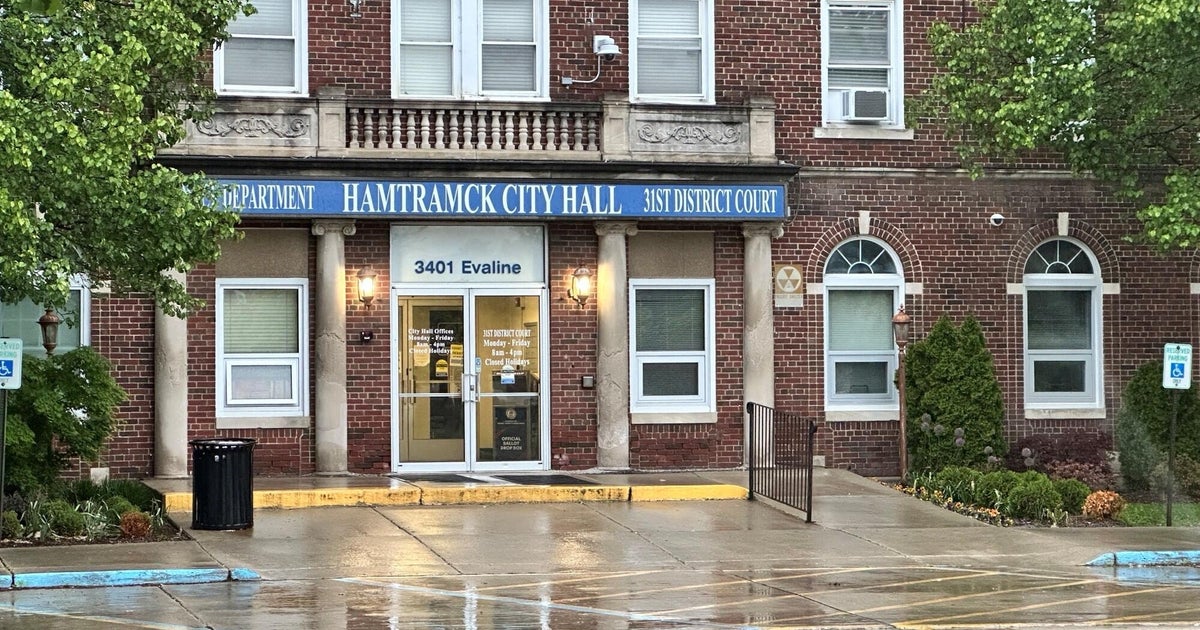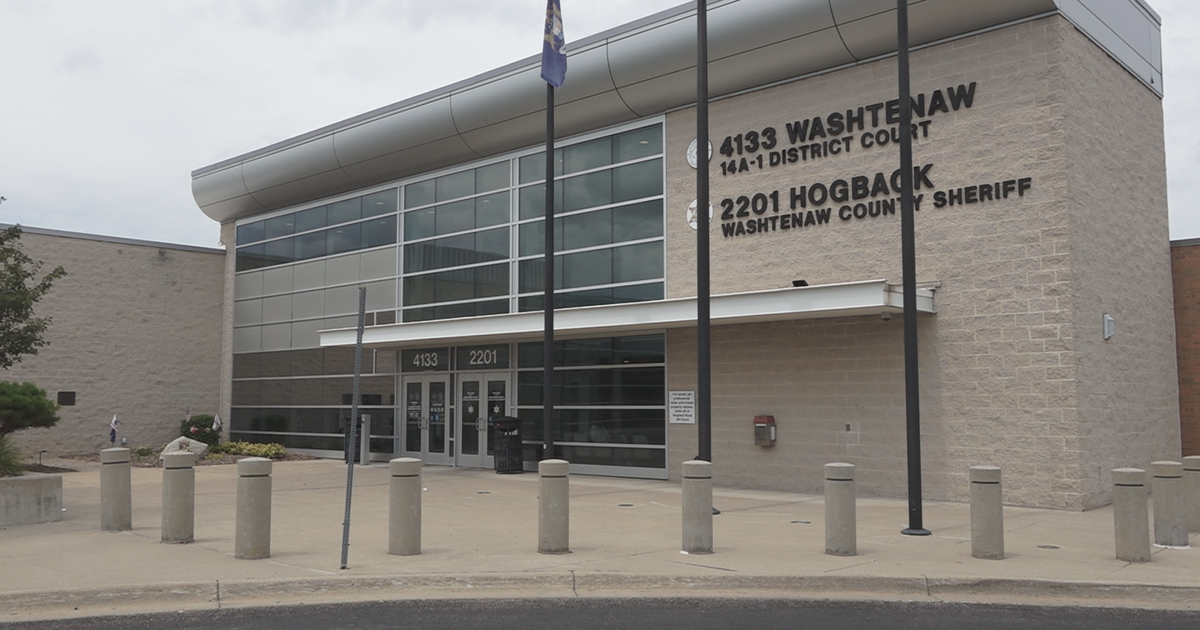Rite Aid files for bankruptcy amid opioid-related lawsuits and falling sales
Major U.S. pharmacy chain Rite Aid said Sunday that it has filed for bankruptcy and obtained $3.45 billion in fresh financing as it carries out a restructuring plan while coping with falling sales and opioid-related lawsuits.
In 2022, Rite Aid settled for up to $30 million to resolve lawsuits alleging pharmacies contributed to an oversupply of prescription opioids. It said it had reached an agreement with its creditors on a financial restructuring plan to cut its debt and position itself for future growth and that the bankruptcy filing was part of that process.
The plan will "significantly reduce the company's debt" while helping to "resolve litigation claims in an equitable manner," Rite Aid said.
In bankruptcy court documents, Rite Aid said it has been plagued by dead rent costs for underperforming stores — noting that the company closed more than 200 struggling locations in recent years.
Rite Aid employs 45,000 people, of which more than 6,100 are pharmacists, the company said in the court documents. The pharmacists fill nearly 200 million prescriptions annually, according to the court documents.
As of Sunday, Rite Aid had $134 million in cash, the ability to borrow up to $390 million and $524 in liquidity.
Rite Aid has found itself in a weak financial position, notching roughly $2.9 billion in losses over the past six years and $3.3 billion in long-term debt, GlobalData retail analyst Neil Saunders said Sunday.
"Against this financial backdrop, Rite Aid simply isn't a viable entity," Saunders said. "It is basically running on the fumes of cash it generates in the day-to-day business."
In March, the Justice Department filed a complaint against Rite Aid, alleging it knowingly filled hundreds of thousands of unlawful prescriptions for controlled substances from May 2014-June 2019. It also accused pharmacists and the company of ignoring "red flags" indicating the prescriptions were illegal.
The Justice Department acted after three whistleblowers who had worked at Rite Aid pharmacies filed a complaint.
Jeffrey Stein, who heads a financial advisory firm, was appointed Rite Aid's CEO as of Sunday, replacing Elizabeth Burr, who was interim CEO and remains on Rite Aid's board.
Closure of 500 stores across U.S.
In September, Rite Aid was preparing to close 400 to 500 stores across the U.S., the Wall Street Journal reported. Rite Aid has more than 2,100 pharmacies in 17 states. The company said in a statement Sunday it plans to "close additional underperforming stores" but didn't disclose how many or when those closures would happen.
Contacted Monday, Rite Aid would not detail how many stores will be shuttered and when.
"Unfortunately, bankruptcy may see more shop closures which, unless other chains step in to acquire store assets, will leave some holes in the pharmacy landscape and potentially runs the risk of pharmacy deserts opening up in some locations," Saunders said.
Earlier this month, Rite Aid notified the New York Stock Exchange that it was not in compliance with listing standards. During a grace period, the company's stock continues to be listed and traded.
The bankruptcy filing in New Jersey and noncompliance with listing standards would not affect the company's business operations or its U.S. Securities and Exchange Commission reporting requirements, it said.
It earlier reported that its revenue fell to $5.7 billion in the fiscal quarter that ended June 3, down from $6.0 billion a year earlier, logging a net loss of $306.7 million.







